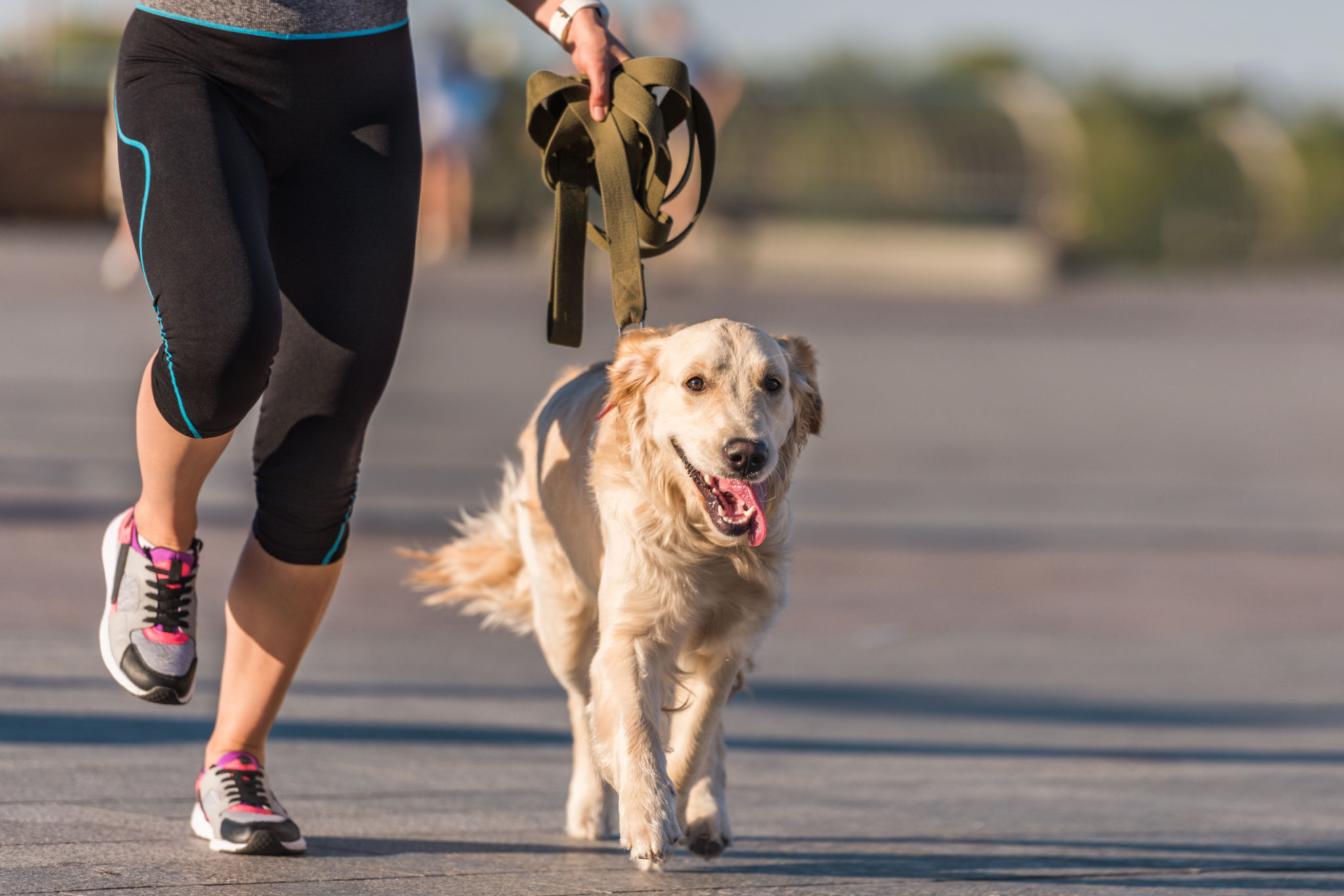Effective Techniques for Intensive Dog Training
DR
Intensive Dog Training: Effective Techniques & Programs

Unlock your dog's potential with intensive dog training. Discover effective techniques, from positive reinforcement to intense camps, for rapid and lasting results.
Intensive dog training can be a transformative experience for both you and your canine companion. Whether you're looking to address behavioral issues or simply want to instill advanced skills, an intensive dog training program can provide the structure and expertise needed to achieve your goals. This article will explore the benefits of such training and outline effective techniques to ensure success.
Intensive dog training, often conducted in an intense dog training camp, involves a focused and concentrated effort over a short period of time. Unlike traditional weekly classes, this approach requires commitment and consistency, often involving daily sessions. It’s particularly effective for dogs that need a significant behavioral overhaul or those preparing for specific roles, such as service or therapy dogs.
Intensive programs are ideal for addressing chronic behavioral issues, providing rapid results, and establishing a solid foundation for future training. These programs are designed to immerse your dog in a learning environment where they can receive constant feedback and reinforcement.
- Immediate Results: Due to the concentrated nature, changes in behavior or skill acquisition can occur more quickly than with traditional training methods.
- Expert Guidance: Intensive programs are usually led by skilled trainers who tailor the training to your dog's specific needs.
- Consistency and Routine: The structured daily routine helps reinforce desired behaviors and skills.
Before enrolling in an intensive dog training program, it is crucial to prepare both yourself and your pet for the experience.
Evaluate your dog's current skills and behaviors. Determine what specific issues you want to address or what skills you aim to teach. This will help you select the most suitable program.
Research various intense dog training camps to find one that matches your goals. Consider factors such as the trainer's experience, the facility's reputation, and the specific techniques used.
Ensure your dog is in good health before starting any intensive training regimen. A veterinary check-up can rule out any physical issues that might impede progress.
In an intensive dog training setting, several techniques are employed to maximize learning and retention.
Positive reinforcement involves rewarding your dog for desired behaviors. This could be in the form of treats, praise, or playtime. It encourages your dog to repeat these behaviors, making it a cornerstone of any effective training program.
Clicker training is a form of positive reinforcement that uses a sound to mark desired behavior. The clicker acts as a bridge between the action and the reward, helping your dog understand exactly what behavior is being praised.
Consistency is key in dog training. Use the same commands for the same actions every time. This consistency helps your dog make clear associations between words and actions.
Intensive programs often include socialization sessions, where dogs interact with other dogs and people. This helps them learn to behave appropriately in various situations, reducing anxiety and aggression.
Even with the best techniques, challenges can arise during an intensive dog training program. Here’s how to address some common issues.
Stubborn behavior can be frustrating, but patience and consistency are essential. Reinforce positive behavior and avoid reinforcing negative behavior, even inadvertently.
Intensive training can sometimes be overwhelming for dogs. Ensure that the environment is as stress-free as possible and provide plenty of breaks to prevent burnout.
Every dog is unique, and a technique that works for one may not work for another. Be flexible and willing to adjust your methods if you’re not seeing the desired results.
The work doesn’t stop once the intensive training program is over. It’s important to continue practicing and reinforcing what your dog has learned to maintain their progress.
Incorporate training into your daily routine. Short, regular sessions are more effective than sporadic, lengthy ones.
Continue to expose your dog to new environments, people, and other dogs to reinforce social skills and prevent regression.
Consider scheduling follow-up sessions with the trainer to address any lingering issues or to refresh your dog’s skills.
Intensive dog training can be a powerful tool in shaping your dog's behavior and skills. With the right preparation, techniques, and follow-up, both you and your dog can enjoy the benefits of a more harmonious relationship. An intense dog training camp or program may be just what you need to achieve your training goals effectively and efficiently. As you embark on this journey, remember that patience, consistency, and positive reinforcement are your best allies in creating lasting change.
Keywords:
intense dog training camp, intensive dog training program, intensive dog training
